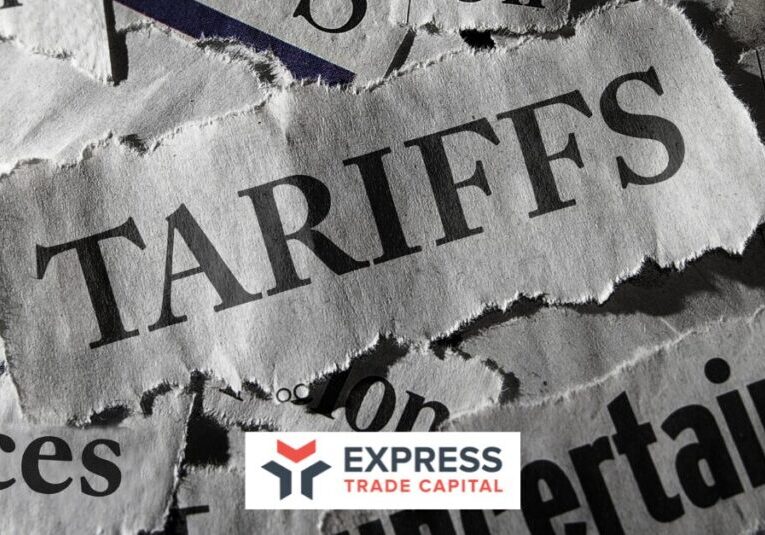Get a free consultation now!
Tariff Turbulence: What the Court’s May 2025 Ruling Means for U.S. Importers

The U.S. Court of International Trade ruled on May 28, 2025, invalidating the so-called “Liberation Day” tariffs imposed by President Trump. That decision was put on pause on May 29, 2025, while the appeals court considers the administration’s appeal.
If you’re an importer who’s been grappling with unstable landed costs, unclear duties and tariffs, and shifting compliance burdens, here’s what you need to know.
What’s Affected and What Happens Next
Trump Tariffs Ruled Illegal
The federal trade court said on May 28, 2025 tariffs put in place by President Trump using the International Emergency Economic Powers Act of 1977 (IEEPA) The International Emergency Economic Powers Act (IEEPA), enacted in 1977, grants the President broad authority to regulate international commerce in response to a declared national emergency arising from an “unusual and extraordinary threat” originating outside the United States. This threat must impact the national security, foreign policy, or economy of the United States. overstep the intention of the Act and are not allowed by law. The administration appealed that decision, and the appeals court put a temporary hold on the ruling on May 29, 2025 while it considers the President’s challenge.
Which Tariffs Are Affected
The ruling covers all recent tariffs on Canada, China, Mexico, Canadian energy, and a 10% global tariff that were imposed under that act.
Tariffs Must Stop
The lower trade court canceled the executive orders behind these tariffs and gave the government 10 days to stop collecting them. The appeals court order today put a hold on this, but if the administration loses its appeal and any appeal it may later make to the Supreme Court, then it’s likely that cancellation of these tariffs will be reinstated.
Other Tariffs Stay In Place
This decision and the appeal do not affect earlier tariffs on China (Trade Act of 1974 The Trade Act of 1974 significantly expanded American participation in international trade and provided mechanisms to reduce trade barriers and address unfair practices. It also offered assistance for industries and workers impacted by imports. ) or steel and aluminum (Trade Expansion Act of 1962 The Trade Expansion Act of 1962 allowed the President to cut or eliminate tariffs and provided adjustment assistance to industries affected by imports. It replaced the 1934 Trade Agreements Act and enhanced the President’s negotiation authority. ), nor do they prohibit the President from reimposing the tariffs in question under these or other laws.
What Should Importers Do Now?
With this legal and political uncertainty, importers need to take proactive steps. Here’s how to protect your margins and prepare for rapid shifts:
- Review Your Imports: Identify which of your products are affected by the IEEPA-based tariffs. This will help determine if your landed costs may change.
- Speak to our Logistics Team: our team can advise on tariff classification, possible refund opportunities, and how to navigate the appeal period.
- Model Different Scenarios: Build flexibility into your pricing and supply chain planning to account for potential policy reversals or new tariffs.
- Monitor Washington Closely: Trade policy is now firmly in the political spotlight, and future tariffs may be driven more by campaign promises than long-term strategy.
Why This Matters for U.S. Importers
While the court’s ruling is a win for importers and a check on an unpredictable executive branch, it leaves US importers like you in a holding pattern. The appeal, ongoing tariff regimes, and potential political shifts all mean we’re not out of the woods yet. In this environment, proactive tariff planning is essential. We’ll keep you informed as this case evolves.
Need Help Navigating Tariff Shifts?
If you need help modeling these changes or evaluating how this ruling might affect your landed cost structure, we’re here to help. Don’t hesitate to reach out.
